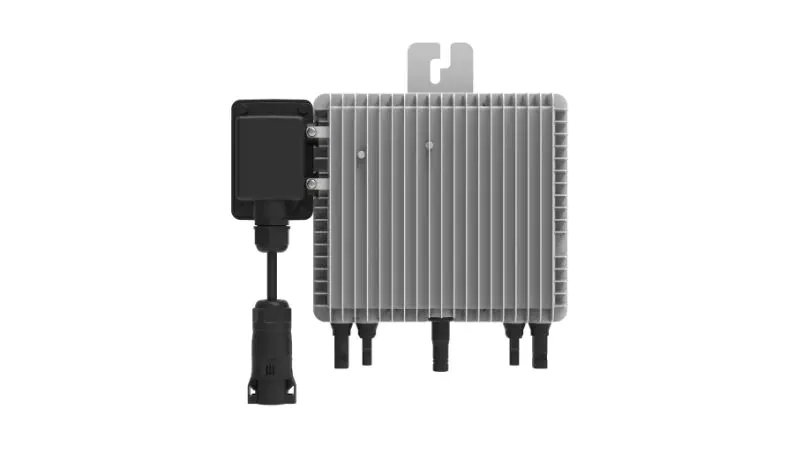 |
Welcome To Evlithium Best Store For Lithium Iron Phosphate (LiFePO4) Battery |
 |

Microinverters and power optimizers are two popular technologies that enhance solar energy systems' efficiency, ultimately helping homeowners save on electricity bills. Although both aim to maximize energy output, they operate differently and have distinct advantages depending on specific needs and setup.
Microinverters are small devices attached to each solar panel. They convert the direct current (DC) electricity generated by the panels into alternating current (AC) electricity, which is ready for household use.
Key features of microinverters:
Benefits:
Power optimizers are also attached to each solar panel but function differently. They refine the DC power output from each panel before sending it to a central inverter for conversion to AC power.
Key features of power optimizers:
Benefits:
| Feature | Microinverters | Power Optimizers |
|---|---|---|
| Efficiency | Slightly better in panel output | Good, but slightly less than microinverters |
| Cost | More expensive | Less expensive |
| Ease of Expansion | Easier to add panels | More complex expansion |
| Lifespan | Longer (25+ years) | Shorter lifespan |
| System Monitoring | Individual panel performance tracking | Individual panel performance tracking |
Microinverters: Each panel operates independently, so system performance is not significantly affected by a single failure. Maintenance can be more challenging as repairs require rooftop access.
Power Optimizers: Rely on a central inverter. A failure in the central inverter halts the entire system, but optimizers themselves are robust. Ground-level inverter placement simplifies some maintenance tasks.
Both microinverters and power optimizers enhance solar panel efficiency, particularly in shaded conditions. Microinverters offer superior flexibility and long-term reliability, making them ideal for complex installations or future expansions. Power optimizers provide a cost-effective solution for improving system efficiency, especially in larger setups. Your specific needs, budget, and future plans should guide your decision. Consulting with a solar installer can help determine the best fit for your home.
Edit by paco
All Rights reserved © 2025 Evlithium Limited